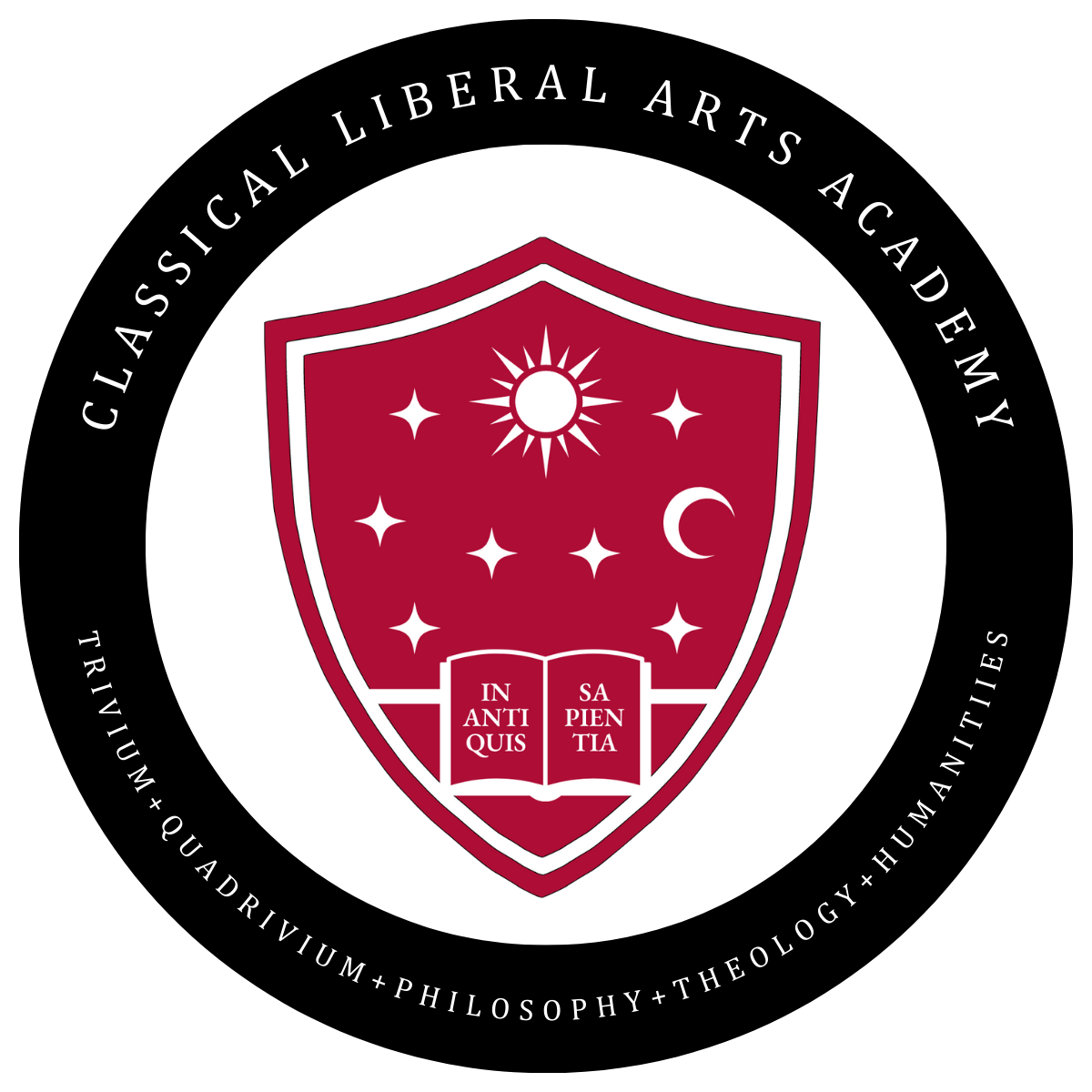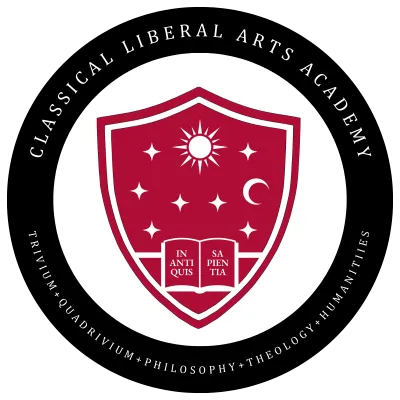In this lesson, we will begin studying the conjugation of Latin verbs. To complete the objectives of this lesson, complete the following tasks:
- Read through the entire lesson once for familiarity.
- Study each rule and its translation.
- Study the lesson for mastery.
- Complete the lesson assessment.
Lesson
I. Ut in declinandis nominibus necesse est cognitum habere genitivum singularem ad ceteros casus numeri utriusque rite flectendos; sic in verbis conjugandis praenoscendae sunt quaedam voces, ex quibus tamquam ex fonte ceterae voces dimanant.
Translation: As it is necessary with nouns to be declined to have the genitive singular known for the other cases of both numbers properly to be inflected; so with verbs to be conjugated are certain voices to be foreknown, from which as if from a fountain the other voices do flow.
II. Voces omnes verborum, quorum prima persona praesentis indicativi desinit in -O, sive activa sint sive neutra, ducuntur vel ex praesenti infiniti, vel ex perfecto, vel ex supino.
Translation: All forms of verbs, of which the first person of the persent indicative end in -O, whether they may be active or neuter, are derived either from the present infinitive or from the perfect or from the supine.
III. Ex praesenti infiniti ducuntur omnia tempora, quae Varronem sequuti vocavimus infecta. Sic ex infinito amare, si auferas -ARE (quae terminatio est infiniti) supererit verbi radix AM-, cui si adjungas -O, -AS, -AT, -AMUS, -ATIS, -ANT, habebis indicativi praesens.
Translation: From the present infinitive are drawn all tenses, which Varro we following we have called “imperfect”. So from the infinitive AMARE, if you take away -ARE (which is the ending of the infinitive), the root of the verb -AM shall remain, to which if you add -O, -AS, -AT, -AMUS, -ATIS, -ANT, you shall have the present (tense) of (the) indicative (mood).
IV. Ex praeterito infiniti ducuntur tempora omnia. quae auctore eodem Varrone vocavimus perfecta. Sic ex infinita amavisse si auferas -ISSE (quae terminatio est perfecti infiniti) supererit AMAV-, cui si adjungas -I, -ISTI, -IT, -IMUS, -ISTIS, -ERUNT vel -ERE, habebis perfectum indicativi.
Translation: From the past infinitive are drawn all tenses, which with the same author Varro we have called “perfect”. So from the infinitive AMAVISSE, if you take away -ISSE (which is the termination of the perfect infininitive) there shall remain AMAV-, to which if you join -I, -ISTI, -IT, -IMUS, -ISTIS, ERUNT (or -ERE), you shall have the perfect (tense) of (the) indicative (mood).
V. Ex supino activo oriuntur participium futurum activum, supinum passivum, participium perfectum passivi, deponentis et communis. Sic in supino AMATUM, si vertas -UM in -URUS, habes participium futurum, nempe AMATURUS: si auferas -M, habes supinum passivum, nempe AMATU; cui si addas -S, habes participium praeteritum, nempe AMATUS.
Translation: From the active supine arises (the) future active participle, the passive supine, the perfect passive participle, of the deponent and common. So with the supine AMATUM, if you turn -UM into -URUS, you shall have the future participle, namelyAMATURUS: if you take away -M, you have the passive supine, namely AMATUS; to which, if you add -S, you have the past participle, namely AMATUS.
VI. Sunt multa verba, quae ab hac norma plus minusve deflectunt; atque in primis verbum substantivum, cujus tamen conjugatio ceteris praemittenda est, quod ejus cognitio omnino sit necessaria ad flectenda verba passiva, communia et deponentia.
Translation: There are many verbs, which from this rule more or less deviate; and foremost among them is the substantive verb, whose conjugation, however, must be put before the others, because its knowledge is entirely necessary for the inflection of passive, common, and deponent verbs.
Not enrolled? Get started today for free!
The Classical Liberal Arts Academy works to research, restore, publish and teach the classical Catholic curriculum that has been enjoyed by wise men and saints through history. We invite you to study in our self-paced online courses and enjoy the benefits of online quizzes, written assignments, progress records and more. Get started with a free 30-day trial.




